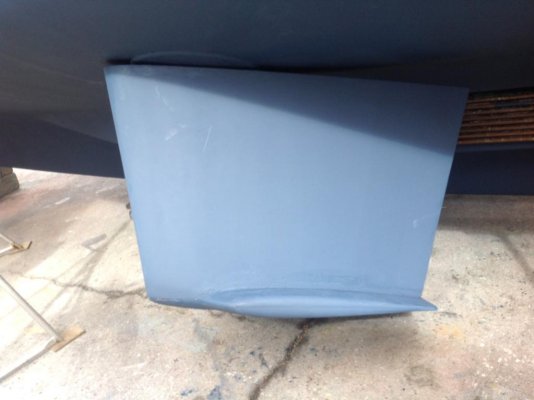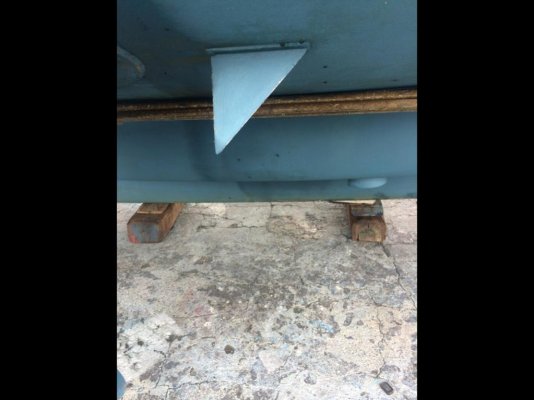angus99
Guru
The learning curve continues.
OUR Defever 44 has Naiad stabilizers (model 173). I'm about 750 miles from the owners manual and see nothing on the Naiad site or elsewhere online addressing winterizing these. There is a raw water line running from the starboard engine to the main stabilizer unit housing and a discharge line from the unit overboard. Thought I could blow it out, but there's total resistance on the feed line and I don't see an obvious drain fitting. Cold weather approacheth and I'd sleep better if know this unit won't freeze up.
OUR Defever 44 has Naiad stabilizers (model 173). I'm about 750 miles from the owners manual and see nothing on the Naiad site or elsewhere online addressing winterizing these. There is a raw water line running from the starboard engine to the main stabilizer unit housing and a discharge line from the unit overboard. Thought I could blow it out, but there's total resistance on the feed line and I don't see an obvious drain fitting. Cold weather approacheth and I'd sleep better if know this unit won't freeze up.



